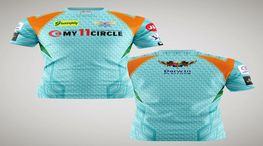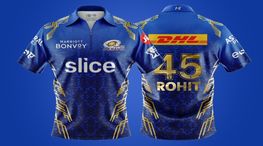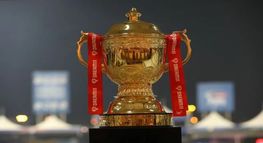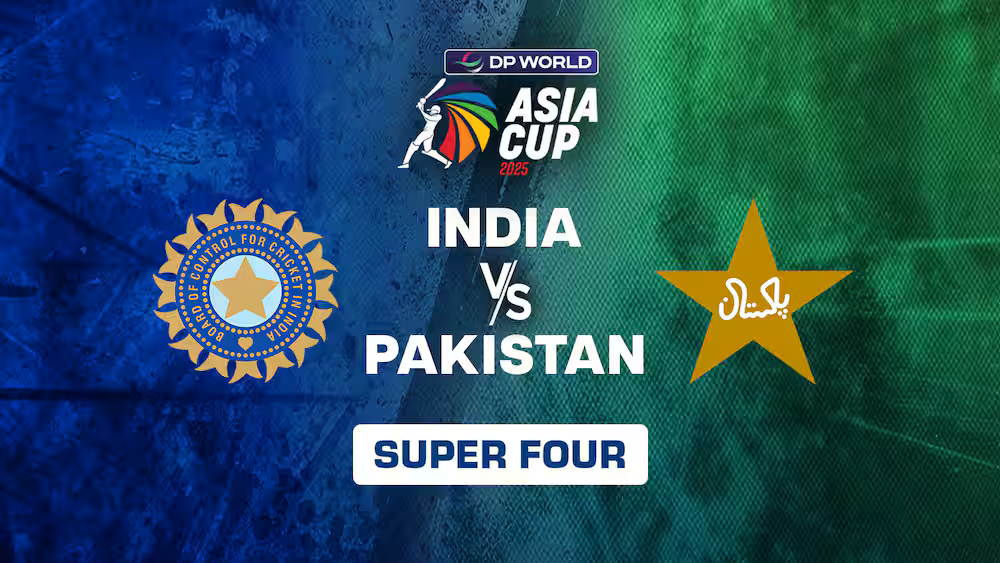List of Leagues
Rowing
Rowing is the sport of racing boats using oars, often known as crew in the United States. It varies from paddling sports in that rowing oars are joined to the boat via oarlocks, whereas paddles are not. Sculling and sweep rowing are the two disciplines of rowing. Each rower in sculling has two oars, one in each hand, whereas each rower in sweep rowing holds one oar with both hands. Athletes can participate in a variety of boat classes, ranging from single sculls to shells with eight rowers and a coxswain, known as eights.
Rowing is one of the most traditional Olympic sports. Despite being on the agenda for the 1896 games, racing did not take place owing to inclement weather. Male rowers have competed in the Summer Olympics since 1900. Rowing for women was introduced to the Olympic program in 1976. At the Olympics today, fourteen boat classes compete. In addition, the World Rowing Federation, the sport's governing body, hosts the annual World Rowing Championships, which feature twenty-two boat classes.
Each rower in sweep rowing uses one oar, which is grasped with both hands. Rowers are normally in groups of two, four, or eight. The oars of each rower will extend to either port or starboard. The port side is referred to as the stroke side in the United Kingdom, while the starboard side is referred to as the bow side; this is true even if the stroke oarsman is rowing on the bow side and/or the bow oarsman is rowing on the stroke side.
Each rower in sculling uses two oars (or sculls), one in each hand. Sculling is normally done in quads, doubles, or singles without a coxswain. The oar in the sculler's right hand is extended to port, while the oar in the sculler's left hand is extended to starboard.
EVENTS:
- Boat Class—Single Sculls (1x)
Individual scullers (rowers with two oars) participate in these events. The shell (boat) is typically 8.2m long and weighs no less than 14kg.
- Boat Type-Double Sculls (2x)
This event has two scullers per shell. The shell is typically 10.4m long and weighs at least 27kg.
- Coxless Pairs in Boats (2-)
Each shell has two rowers (one oar per rower). The shell has the same dimensions and weight as a double scull.
- Coxed Pairs (2+) Boat Class
Two rowers (one oar per rower) and a coxswain race in each shell. The shell's weight must be at least 32kg.
- Quadruple Sculls without a Cox (4x)
Four scullers participate in each shell, which must weigh a minimum of 52kg.
- Coxed Quadruple Sculls (4x and up)
Four scullers and a coxswain participate in each shell, which must weigh at least 53kg.
- Boat Type-Coxless Fours (4-)
This shell has four rowers (one oar for each rower), with two rowing on each side. The shell must weigh at least 50kg.
- Coxed Fours (4+) boat class
Each shell has four rowers (one oar per rower) and a coxswain. The shell must weigh at least 51kg.
- Boat Type: Coxed Octuple Sculls (8x)
Each shell has eight scullers and a coxswain. The shell must weigh at least 97kg.
- Coxed Eight (8+) Boat Class
Each shell has eight rowers (one oar per rower) and a coxswain. This shell's weight must be at least 96kg.
Governing bodies
The World Rowing Federation, formerly known as FISA, is the sport's worldwide governing organization.
World Rowing organizes the World Rowing Championships as well as a number of other worldwide top contests such as the World Rowing Cup and the World Rowing Junior Championships. World Rowing also sponsors Olympic rowing.
Over 155 national member federations oversee the sport in their separate countries.
International competitions
The Olympic Games are held every four years, and only a few boat classes (14 in all) are raced:
Men's sculling events include quad scull, double scull, single scull, eight, coxless four, and coxless pair.
Men of lightweight: the double scull
Women's sculling events include quad scull, double scull, single scull, eight, coxless four, and coxless pair.
Women's Lightweight Scull
The FISA hosts the World Rowing Championships at the conclusion of each year, including races in 22 different boat classes. Athletes often see the Olympic classes as the pinnacle of competition. FISA approved in 2017 to establish a revised Olympic program for 2020, replacing the lightweight men's coxless four events with the women's heavyweight coxless four. This was done to guarantee that rowing had an Olympic program that was gender equitable.















































